Deck & Commander Strategies

Svella, Ice Shaper
Assemble a five-card infinite mana combo using devotion and sacrifice outlets to generate infinite damage output, then use Makeshift Munitions to repeatedly deal damage to opponents and win the game.
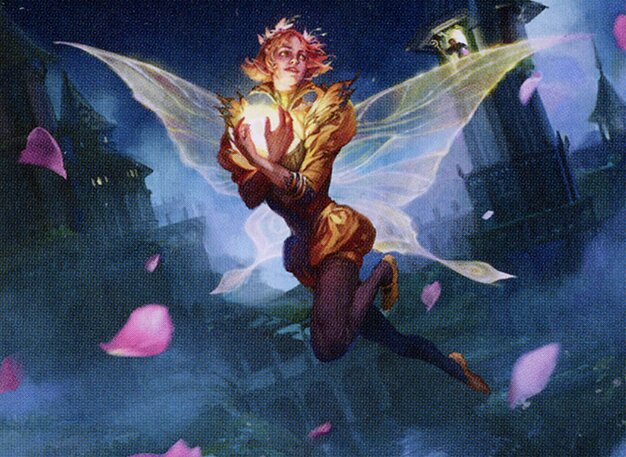
Ivy, Gleeful Spellthief
Utilize infinite mana combos and spell chaining through cards like Homebreaker Horror and Possibility Storm to draw the deck or deal massive damage, finishing with cards like Devastation or Drown in Dreams.
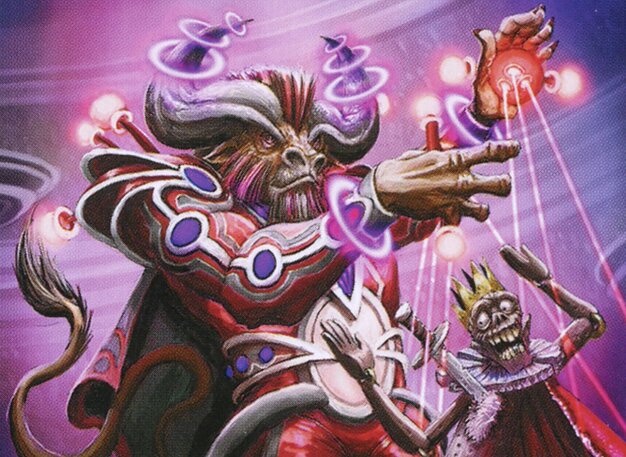
Magar of the Magic Strings
Attempt to leverage the unique abilities of Magar in a less optimized deck to gain board presence and disrupt opponents, hoping to capitalize on the lower power level for a breakthrough.
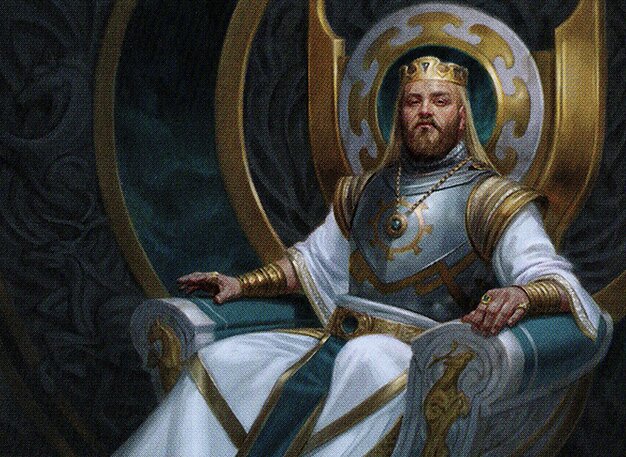
Kenrith, the Returned King
Play a control and midrange style deck that uses powerful creatures, removal, and political interactions to control the game state and outlast opponents.
Gameplay Insights
- 1
Possibility Storm created unpredictable cascades that could either accelerate or disrupt combo plays, making it a double-edged sword that required careful timing.
- 2
Sylvan Library combined with Mana Crypt provided strong early card advantage and mana acceleration to enable combo assembly quickly.
- 3
Killing or controlling the Possibility Storm player early was a strategic priority to prevent them from casting multiple spells uncontrollably.
- 4
The Svella combo’s complexity was balanced by its power, requiring multiple pieces but rewarding the player with infinite damage output once assembled.
- 5
Players recognized the importance of timing and interaction, often holding back key plays until they could secure a win or disrupt opponents effectively.
Notable Cards
-
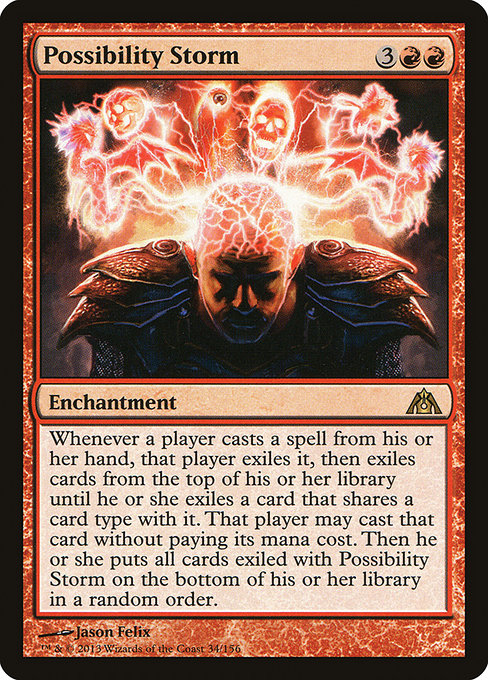
Possibility Storm
-
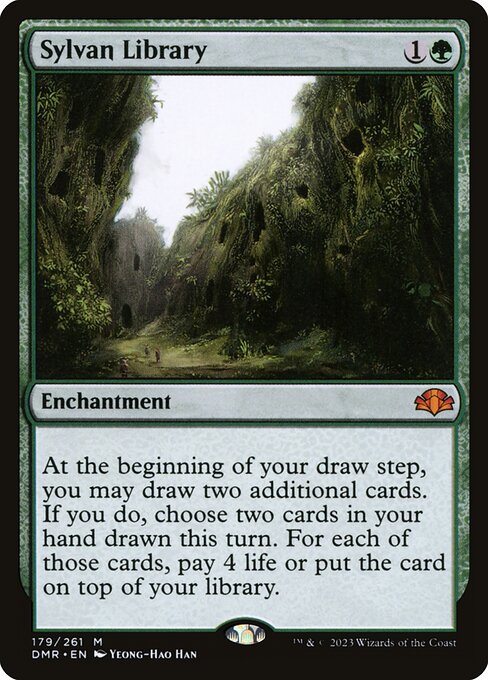
Sylvan Library
-

Mana Crypt
-
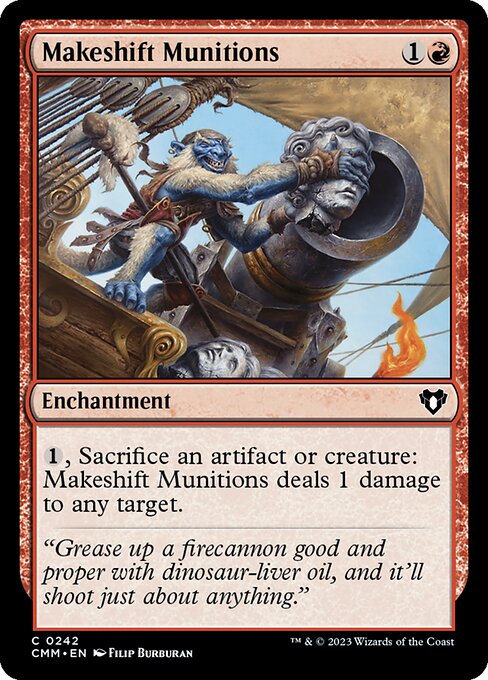
Makeshift Munitions
-
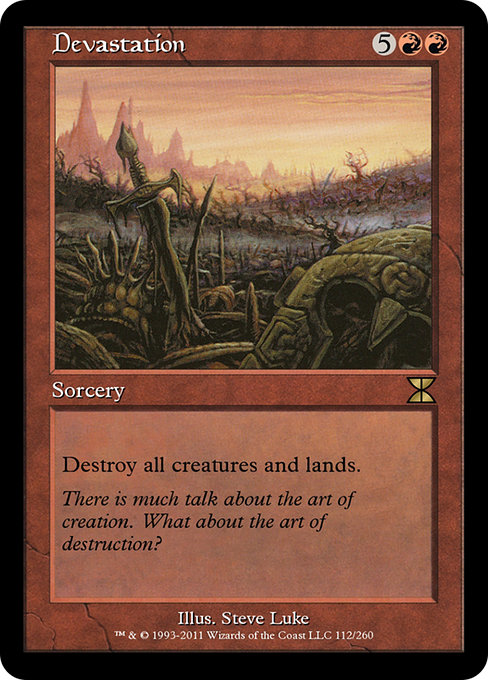
Devastation
-
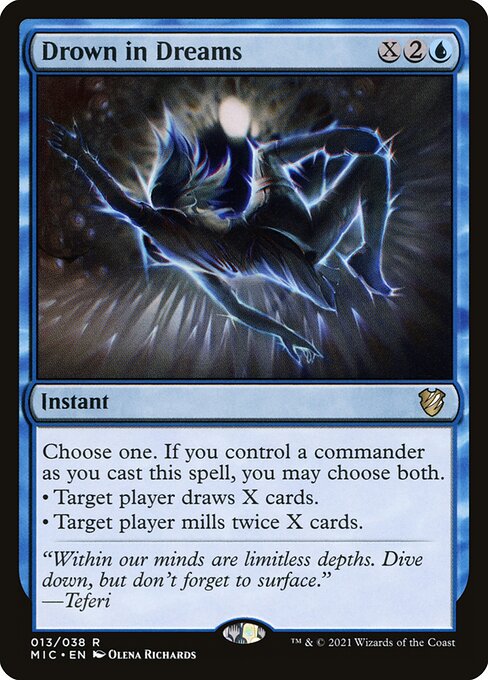
Drown in Dreams
-
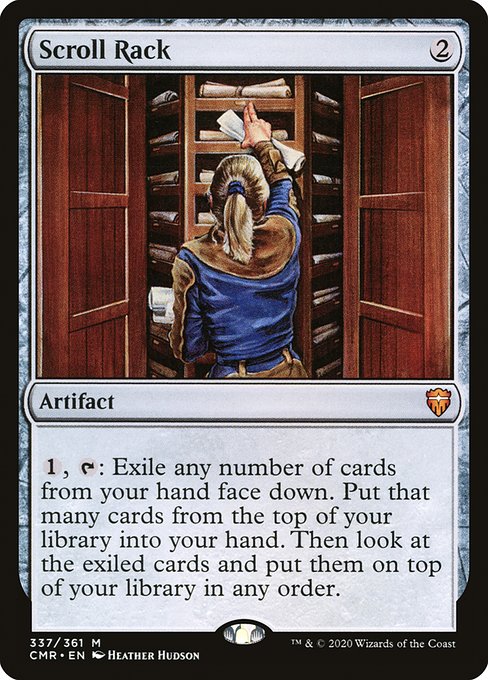
Scroll Rack
Gameplay Summary
The game featured four commanders with very different strategies, leading to a dynamic and varied gameplay experience.
The player piloting Ivy, Gleeful Spellthief focused on a combo-centric approach, leveraging infinite mana generation through interactions such as Hollowed Fountain and Homebreaker Horror to draw cards and assemble win conditions like Devastation or milling opponents with Drown in Dreams.
This deck relied heavily on chaining spells and manipulating the top of the library with cards like Possibility Storm and Scroll Rack to fuel their combos.
Another player with Svella, Ice Shaper aimed to establish a convoluted five-card infinite mana combo involving devotion, Team of Sabertooth, and Hyrax Horoscope, enabling infinite damage through artifact sacrifice via Makeshift Munitions.
Although the deck contained some weaker cards, the combo was potent and aimed for a decisive finish by dealing infinite damage to opponents.
Magar of the Magic Strings was piloted with a more experimental and less optimized deck, seeking to break through the power level of others but struggling to find impactful plays.
Lastly, Kenrith, the Returned King, took a control-oriented approach, playing a more midrange style with strong creatures and disruption to influence the board state. Early in the game, key plays involved setting up card advantage engines, such as Sylvan Library and Mana Crypt, which helped Ivy and others smooth their draws and accelerate their game plan.
Possibility Storm created unpredictable but occasionally powerful cascades, helping the simic player find their pieces.
Svella’s player aimed to assemble their combo quietly, while Ivy's opponent prioritized disrupting it, knowing that allowing the combo to resolve would end the game quickly.
The game’s turning points revolved around managing these combo attempts and controlling the board, with players trying to hold back threats like Possibility Storm or infinite combos until they could safely capitalize.
The game highlighted the tension between combo execution and interaction in a multiplayer setting, with each deck’s unique win condition shaping the flow of play.
























![Ivy vs Tor Wauki vs The Red Terror vs Severina [EDH/Commander, Magic The Gathering Gameplay 2022] thumbnail](https://i.ytimg.com/vi/icOuNw_KCn0/sddefault.jpg)
![Lucea Kane vs Ivy vs Optimus Prime vs Tivit [EDH/Commander, Magic The Gathering Gameplay 2022] thumbnail](https://i.ytimg.com/vi/o2ZpW-_uXP0/sddefault.jpg)











![Season Finale Fan Special [Commander VS 305] | Magic: the Gathering Commander Gameplay thumbnail](https://i.ytimg.com/vi/4VCbfC4ADDk/sddefault.jpg)
![Taking Unfinity Seriously [Commander VS 312] | Magic: the Gathering Commander Gameplay thumbnail](https://i.ytimg.com/vi/DtfvS6bLBdA/sddefault.jpg)





